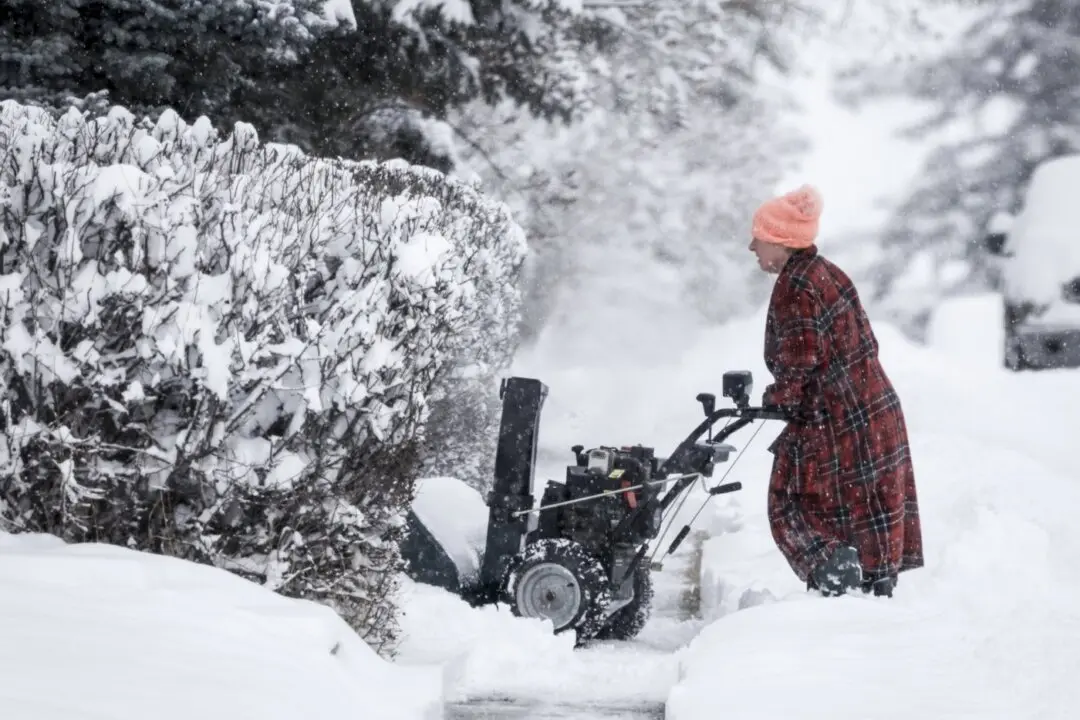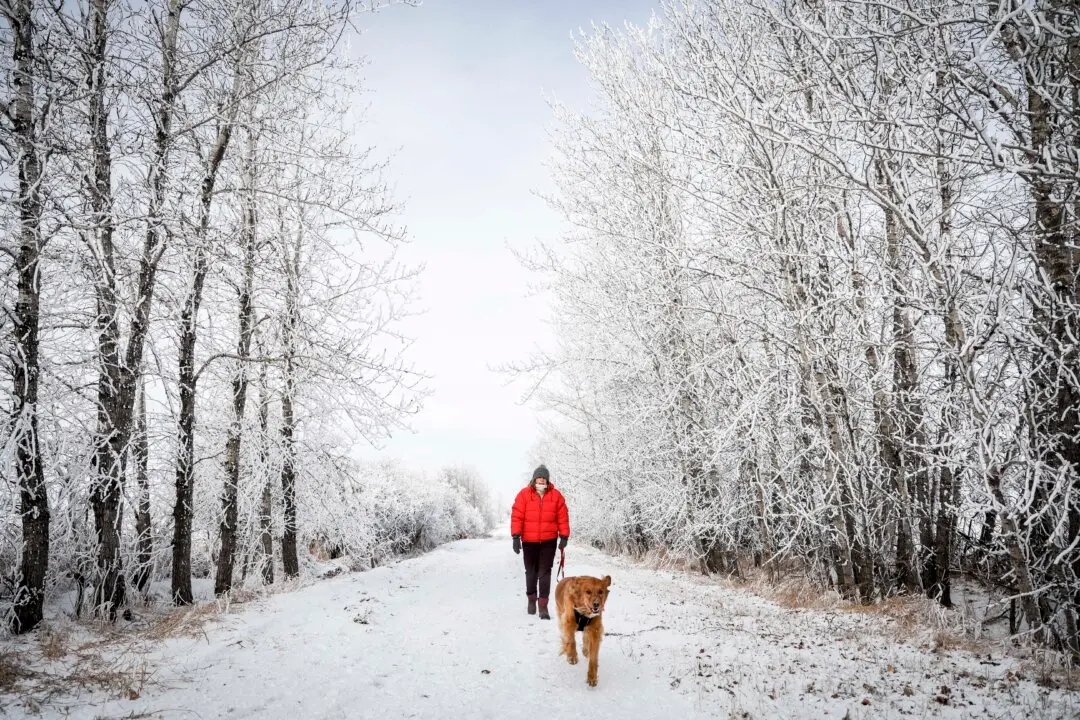EDMONTON — Some scientists are calling Alberta’s wolf cull cruel and unnecessary and say researchers who used the program to gather data on its results violated professional ethics.
“We should be concerned when researchers impose suffering on wild animals and advocate for such programs to continue,” says an article that ran this week in the journal Canadian Wildlife Biology and Management. “We believe this controversial study should never have taken place.”
The authors of the original study say they did nothing wrong in analyzing the cull results over eight years during which 841 wolves were shot from helicopters or poisoned by strychnine in an effort to keep up caribou numbers in areas heavily damaged by energy and forestry activity.
“We chose to implement a wolf management program to avoid the permanent loss of caribou populations,” said Dave Hervieux, a caribou biologist with the provincial government. He and his fellow authors have written a rebuttal to the criticisms.
“We wrote: ‘Here’s what we did and here are the results.’ What’s wrong with that?”
What’s wrong, said University of Victoria biologist Chris Darimont, is that neither strycchnine nor aerial gunning meet Canadian Council on Animal Care guidelines which the province and the University of Alberta support.
Shooting from helicopters produces a high number of wounded animals, said Darimont, a co-author of the critical paper.
Strychnine kills by stiffening an animal’s muscles until it strangles.
“Both these techniques are cruel and are specifically forbidden.”
Other methods exist to help the caribou, he said, such as maternity pens for pregnant cows.
Co-author Paul Paquet, also of the University of Victoria, said Hervieux and his colleagues not only used data the cull generated, but advocated for the program to continue.
“What they’re arguing is that this was a management cull and a management cull would be exempt from those guidelines. I don’t believe it is — and, if it is, I still don’t believe it’s morally right.”
Paquet said the authors should have distanced themselves from the cull. Instead, they concluded it should continue.
Hervieux said the caribou would be gone without removing wolves. At least half of any one area’s wolf population must be killed every year to have an impact, he said, and guns and poison are the only methods likely to work.
“Wolf population reduction that is less than that is of no benefit for caribou. It is a pointless loss of wolf life.”
Both sides agree that the real problem is provincial oversight that has allowed industry to ravage caribou habitat for more than a decade. While federal scientists say the animals need at least 65 per cent of their range to be left alone to survive, the region of one Alberta herd is 95 per cent disturbed.
“Who should we be blaming?” asked Stan Boutin, a University of Alberta biologist and co-author of the original study.
“One could step back and say, ‘Alberta government, your choice of full-scale development everywhere, any time has in some ways led us to this, and that’s partially true.
“But you could step further back and say, ‘Gee, I didn’t hear any Albertans or Canadians trying to block this at an earlier date when we were reaping the benefits of oil and gas.”




